Ladies and Gentlemen:
It is a great pleasure to address the Tokyo Conference on Afghanistan event on the status of refugees in the transition to peace and stability in Afghanistan, hosted by the United Nations High Commission on Refugees, the Afghan government and Afghan and international civil society organizations.
I want to begin by saluting two of the heroes in the struggle to improve the well-being of refugees and other people marginalized by conflict in Afghanistan and around the world, Sadoko Ogata and Lakhdar Brahimi – both of whom are here today. For decades, Madam Ogata and Ambassador Brahimi have been the eyes, the ears and the conscience of the international community in defending the interests of individuals affected by war and humanitarian emergencies.
We come together at a moment of great hope and equal challenge with respect to the refugee situation in Afghanistan. We celebrate the return of nearly six million people to Afghanistan from neighboring countries, a clear reflection of the progress we have collectively achieved in rebuilding and stabilizing the country. People are voting for a better life for themselves and their families. Indeed, this is an expression of confidence in the future, one that the United States government has been able to support with more than $700 million in assistance for refugees and returnees over the past decade.
We have prioritized the needs and interests of refugees and returnees in all our programs in Afghanistan, ranging from rural development to mother-child health care to education. Such efforts strengthen Afghan sovereignty, encourage stability and return to normalcy, and promote inclusive economic growth and development that will benefit all Afghans.
I’m pleased that our discussion here today has been focused on breaking down the silos and stovepipes that too often hamper our efforts on behalf of refugees. In particular, I salute the commitment of Afghan government officials to work together with other government agencies and with civil society organizations to serve the needs of refugees for job creation, education, food security health, gender equality, and protection. Similarly, the commitment of UNHCR to draw on the contributions and best practices of UNOCHA, UNICEF, UN Women and other U.N. and international institutions is promising. We have long ago learned that support for refugees must be a whole of government, whole of society, whole of U.N. systems, and whole of international community exercise.
In this regard, we applaud the generosity of Afghanistan’s neighbors, who have hosted millions of refugees for some three decades. We must work together to protect and service those refugees who cannot yet return to Afghanistan in safety and security. We need to maintain “asylum space” and protective services; document migrants and refugees who have sought safety, jobs, health care and education opportunities across borders; and regularize the movements of both documented refugees and those who traveled without passports or visas.
Our session today builds on the progress achieved at the May 2012 UNHCR Conference in Geneva on “Solution Strategies for Afghan Refugees.” As I have noted, the United States government, including my agency, U.S. Agency for International Development, and the State Department Bureau for Population, Refugees and Migration, will continue its strong support for the three-pronged strategy adopted at that conference.
First, we are helping to create conditions conducive to voluntary repatriation through community-based investments in areas of high return.
Second, we are helping to build Afghan refugees’ economic viability based on livelihood opportunities in Afghanistan.
Third, we are helping preserve asylum space in host countries through support for refugee-hosting communities, alternative temporary stay arrangements for the residual caseload, and resettlement as appropriate in third countries.
Your Excellencies: I suspect that you were all as moved as I was by the short film that launched this session, a film that featured the faces and voices of Afghan refugees themselves. This was an important reminder that our work to protect, return and resettle Afghan refugees is ultimately about helping men, women and children to restore their lives to normalcy after decades of conflict and displacement. In most cases, these are the most marginalized and vulnerable people in their communities: women, young people, the disabled, ethnic and religious minorities, and the poorest of the poor.
We must avoid the tendency to view these people as mere victims or beneficiaries of our largesse. We have long ago learned that the wisdom, insights, and ground truth that refugees and returnees can share are vital to the successful design and implementation of our efforts. We must be guided in this effort by the wise expression: “Nothing about them without them.” Thank you.

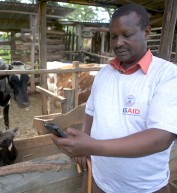
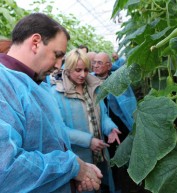
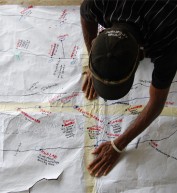
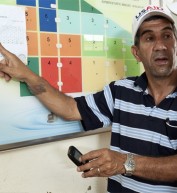

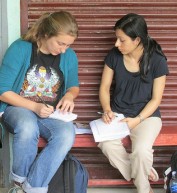
Comment
Make a general inquiry or suggest an improvement.